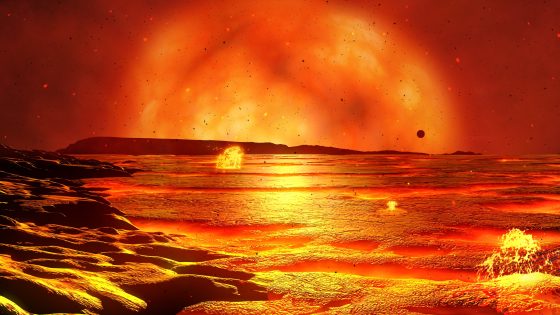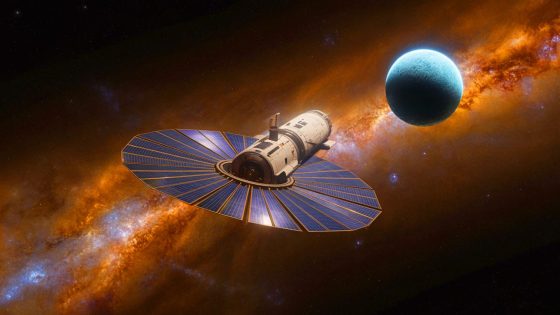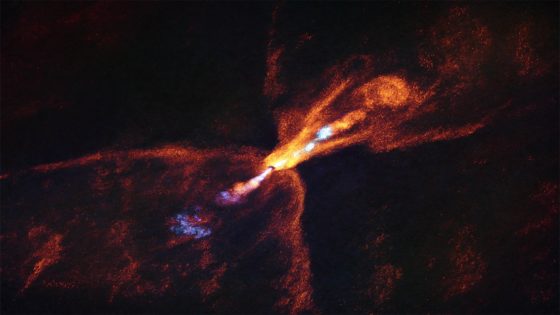Imagining the end of the world is a captivating scientific topic that resonates across cultures. Recently, Elon Musk highlighted the potential incineration of Earth as a reason for his vision of a multiplanetary civilization. As we approach 2025-07-07 20:20:00, scientists continue to explore the fate of our planet, with studies revealing an Earth-like planet that has survived its star, offering insights into our own future.
- Apocalyptic myths span various cultures globally.
- Elon Musk advocates for multiplanetary civilization.
- Earth's fate hinges on Sun's evolution.
- Ancient philosophies often deny Earth's end.
- Cataclysmic visions include rebirth concepts.
- Future life may emerge on Europa.
The Sun, a main-sequence star, is gradually heating up, making Earth uninhabitable in about two billion years. Following that, it will enter its red giant phase, potentially engulfing Mercury and Venus. The fate of Earth remains uncertain—will it be consumed or simply scorched into a lifeless husk?
This raises intriguing questions about our planet’s long-term survival. What will happen as the Sun evolves? Will Earth endure as a barren shell or be reborn from its ashes? Consider these points:
- The Sun will expand significantly, affecting the inner solar system.
- Earth’s fate hinges on its distance from the Sun during its red giant phase.
- New life may arise in the outer solar system as conditions change.
- Ancient myths often reflect similar themes of cosmic destruction and rebirth.
As we delve deeper into these scientific mysteries, we must remain curious and proactive in our exploration of the cosmos. The fate of Earth may be uncertain, but our quest for knowledge should continue unabated.






























